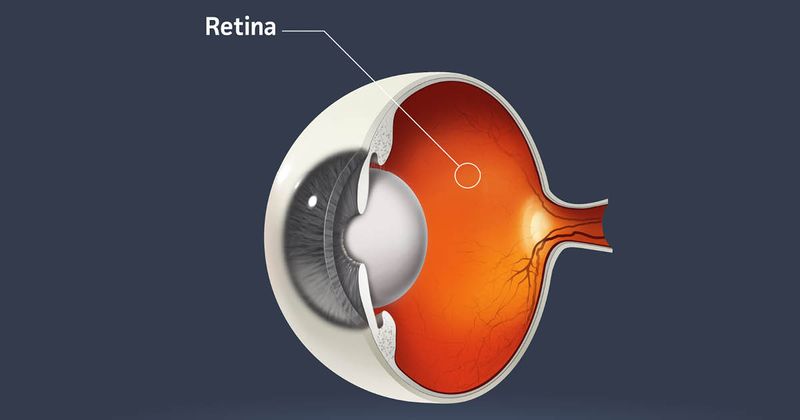Longer durability a goal for new methods of posterior segment drug delivery
Click Here to Manage Email Alerts
WAILEA, Hawaii — Novel drug delivery methods could provide longer durability for posterior segment therapies, according to a speaker at Retina 2024.
According to Baruch D. Kuppermann, MD, PhD, intravitreal injection has been the mainstay of posterior segment drug delivery, but it has flaws in its ability to deliver a sustained effect.

Image: Adobe Stock
“It’s a lot of drug that we put in the eye,” Kuppermann said. “It rapidly leaves the eye, so frequent re-treatment is necessary.”

Intravitreal injections are effective, but shorter periods of durability are becoming less attractive for patients. Kuppermann said 3 months is not good enough in a world where durability of up to 12 months is desired.
A series of biodegradable and nonbiodegradable inserts have been available for posterior segment drug delivery over the years, including the ganciclovir implant, fluocinolone acetonide implant and dexamethasone implant. Kuppermann said more sustained-release deliveries are on the horizon, including those that use hydrogel and permanent, refillable ocular implants.
Kuppermann said future generations of drug delivery will seek to improve durability and provide better target specificity.
One area of development is using live cells as drug delivery vehicles. Kuppermann said encapsulated cell therapy uses human retinal pigment epithelial cell lines derived from ARPE-19 cells built to express a desired therapeutic protein. The cells are encased in a hollow fiber polymer membrane that allows for long-term release without an immune response.
“It lasts for years and years,” he said. “The cells are in a straitjacket and manage to stay alive for 5 years plus. They are programed to release excess ciliary neurotrophic factor neuroprotectant. It’s being looked at in macular telangiectasia and glaucoma.”

